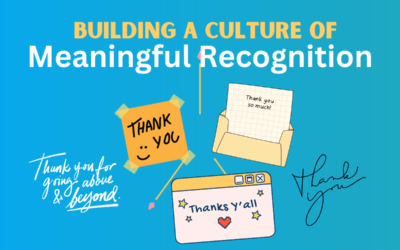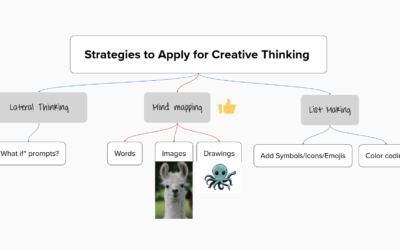 Program evaluation is the “eat your vegetables” of the nonprofit sector. Everyone agrees this is a good idea, but often the nonprofit in constant motion may default to just grabbing take-out. After all, who has time to shop (collect data) and cook (analyze the results)?
Program evaluation is the “eat your vegetables” of the nonprofit sector. Everyone agrees this is a good idea, but often the nonprofit in constant motion may default to just grabbing take-out. After all, who has time to shop (collect data) and cook (analyze the results)?
To torture the metaphor one last time, the nonprofit that wants to stay healthy will take the time for evaluation or suffer the inevitable health catastrophe of a loss of a major funder. Just like the doctor says, it’s really only a matter of time.
A solid evaluation plan can get easier with the right tools in place. Yes, this requires data as a first step, but there are many other tools that can make evaluation less painful and more productive. A fairly comprehensive list is available from the Foundation Center’s Tools and Resources for Assessing Social Impact (TRASI) database. This list includes best practices, methods, and specific software tools. The Center’s experts have rated some of these approaches, and most have been categorized for specific nonprofit fields, activities, costs and expected outcomes. Here is a quick look at just a few of the tools on the TRASI list.
PerformWell is a series of measurements and tools designed to help professionals in the human services sector – you guessed it – perform well. The site provides access to a range of tools that aim to help users understand existing data collection in the field and to help human services advocates consider how they might be able to measure some things that may seem immeasurable, like quality of life outcomes over time. In addition, PerformWell offers ideas on performance improvements.
Apricot software from Community TechKnowledge allows one’s nonprofit to customize the data collection process and run a range of reports to track your outputs and outcomes. The fees start at $1,500 per year (plus setup), which can be a challenge that might steer some nonprofits away from Apricot. Then, perhaps the evaluation work doesn’t get done, or it gets done using only staff time and a kludgy system of Excel and Access tables that costs even more in lost productivity. Apricot may or may not be right for your organization, but nonprofits would benefit from spending the right amount on the right tools. This generally involves making evaluation easier at the end by introducing regular data collection points at the right time in the workflow.
Not all evaluation data is reserved for funded nonprofits. The philanthropic sector is measured as well, a process enabled by tools like the Grantee Perception Report from the Center for Effective Philanthropy. This evaluation tool is qualitative and emphasizes the value of well-collected and analyzed survey information as a very useful means of understanding impact. Many metrics of efficacy in the nonprofit world will be subjective, but that isn’t the same as immeasurable.
Any of the dozens of solutions on the Foundation Center’s TRASI list, as well as others found elsewhere, are almost certainly an improvement over a lack of evaluation in support of your mission. The old adage says you get what you measure, and if you don’t measure your outcomes, it’s quite possible you’ll eventually lose funding support as well.
Originally published at Nonprofit Quarterly.




